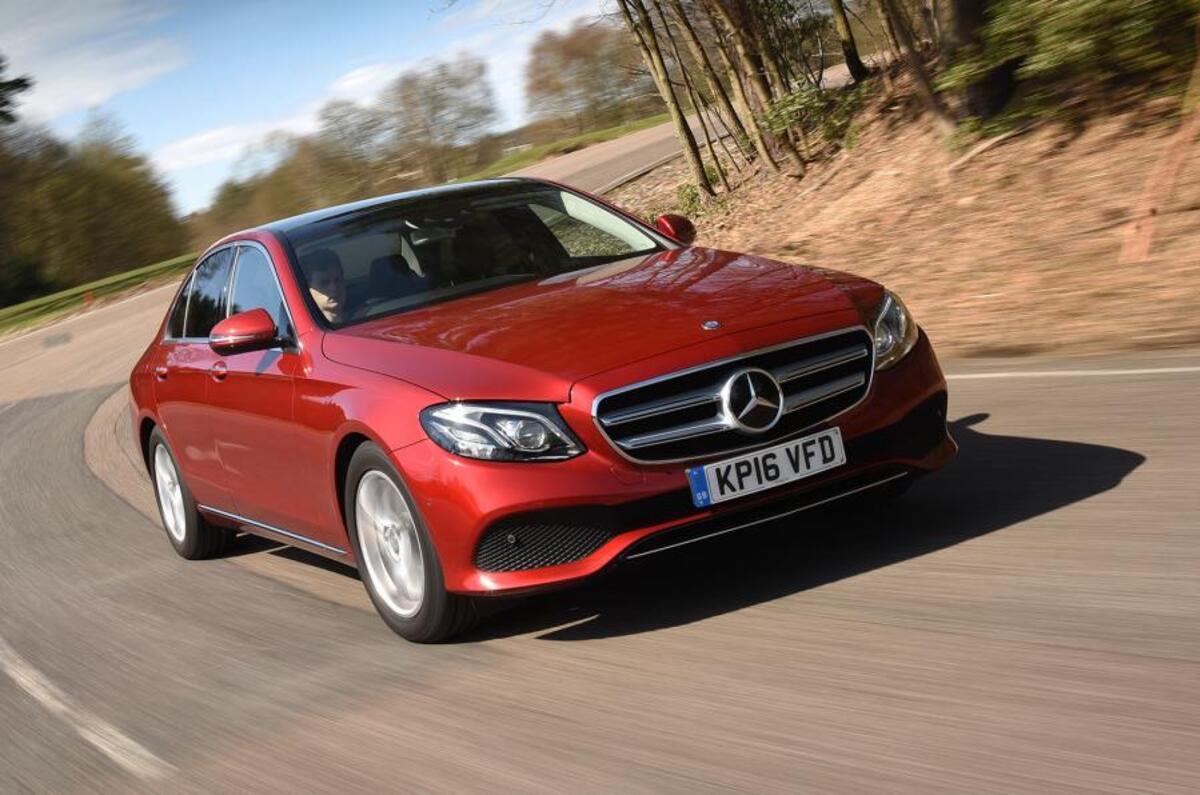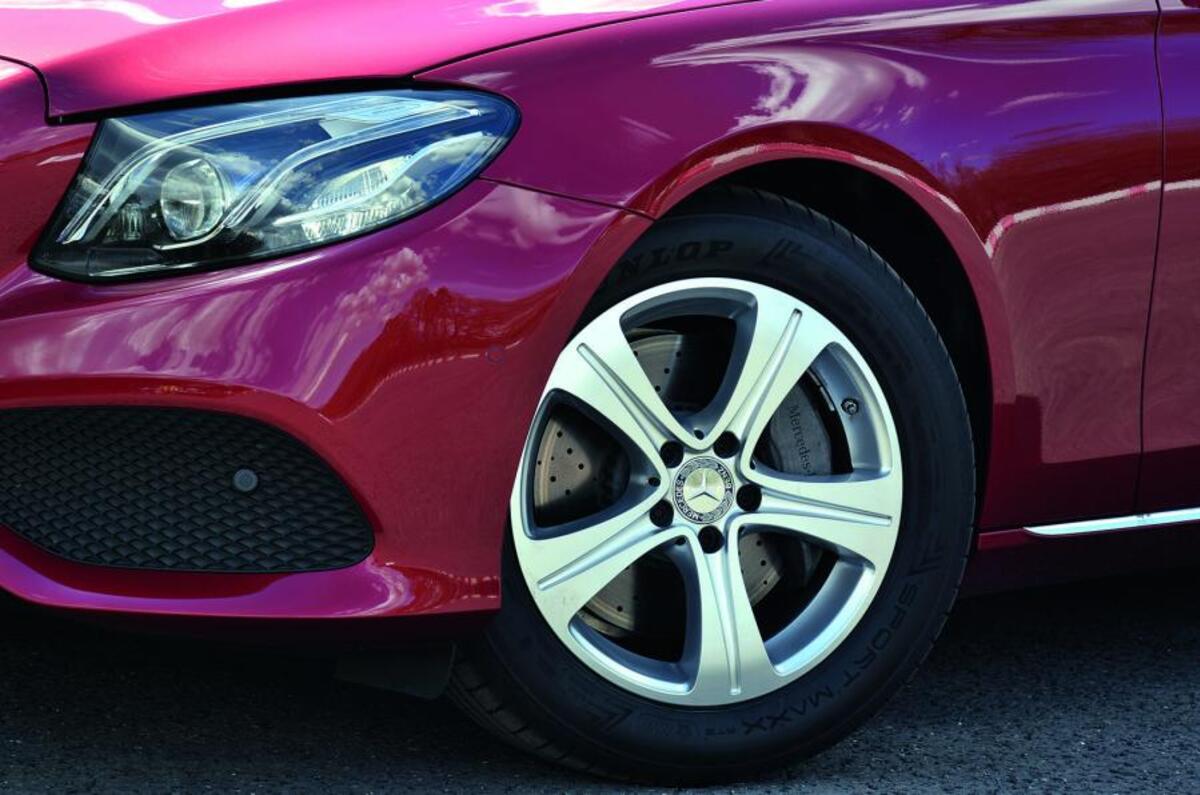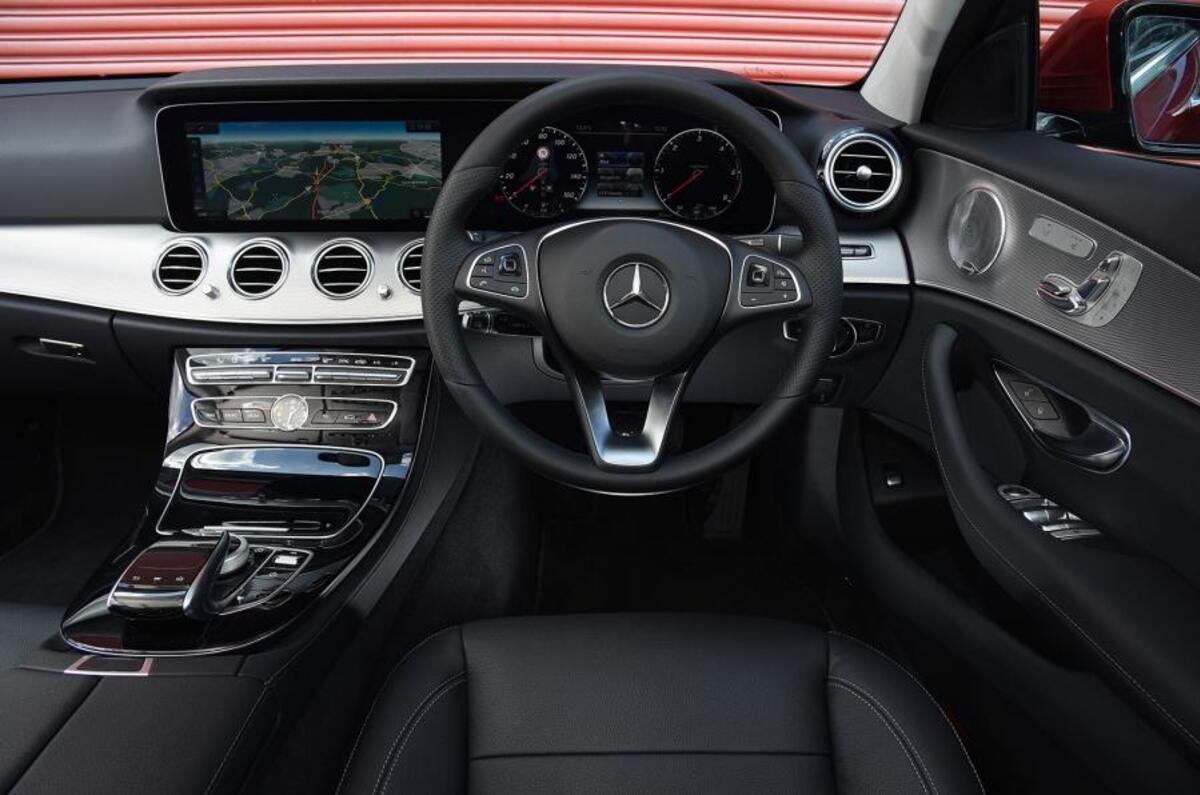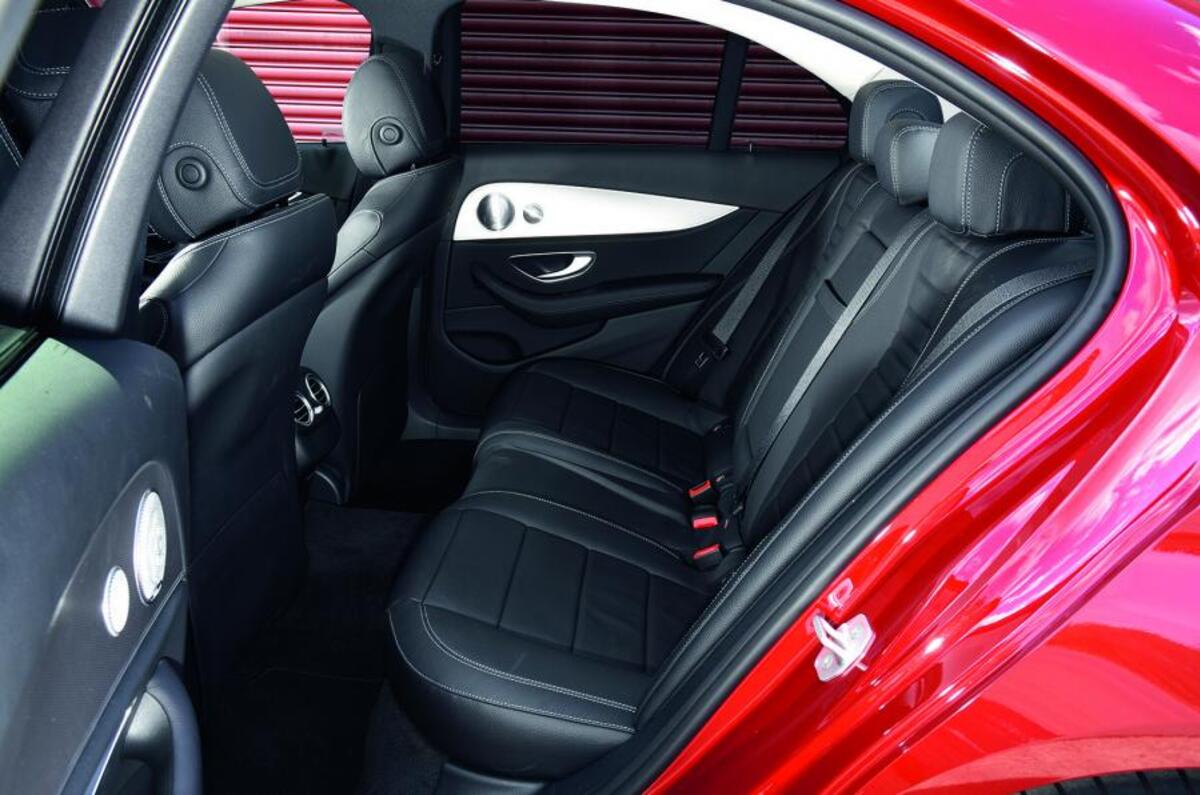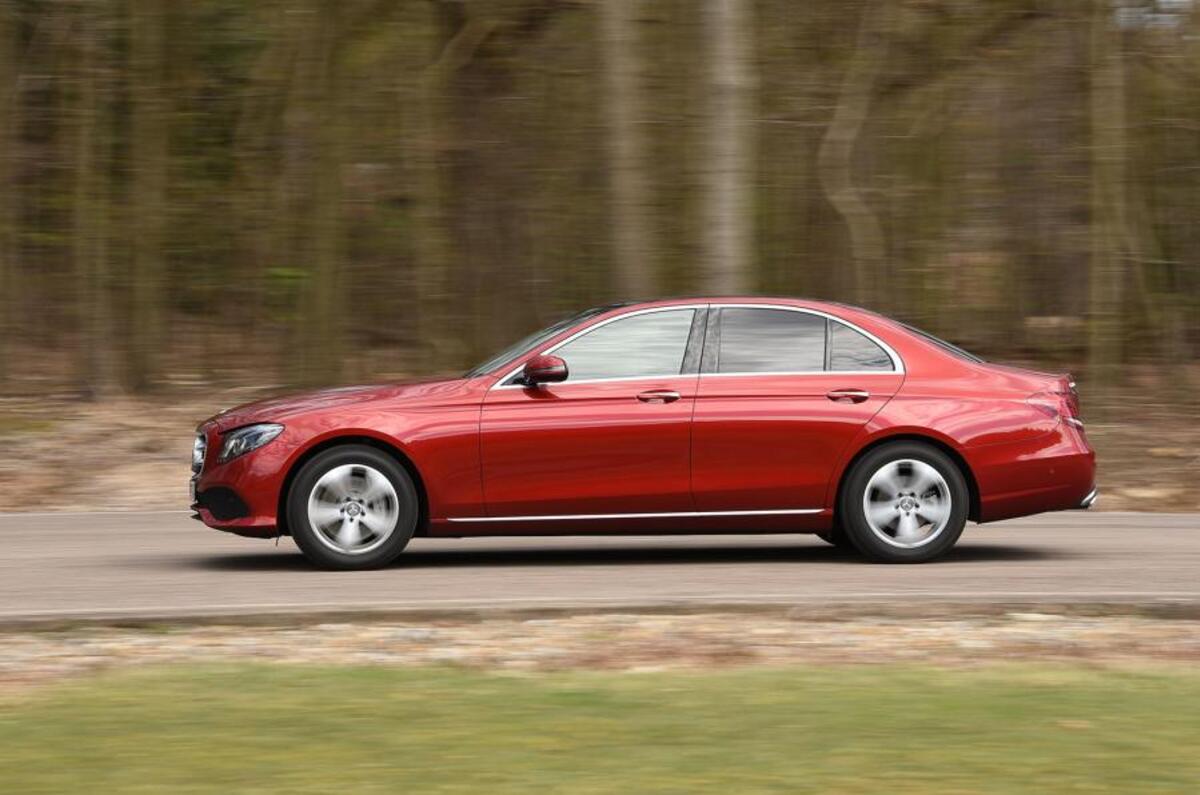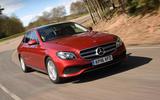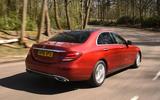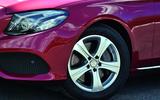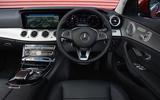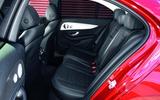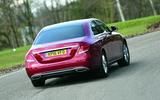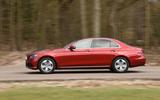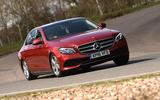For its fifth generation, the Mercedes-Benz E-Class gets a new look and some new engines as the mid-size saloon aims to reinstate itself at the top of the executive car market. It will need to fend off the BMW 5 Series, Audi A6 and Jaguar XF.
Tested for the first time in the UK, the E-Class is available in three bodystyles, as a saloon, an estate and the rugged All Terrain estate. There are also seven engines to choose from, three of which are oilburners, with the E 200 d and E 220 d being the first models fitted with a brand-new 2.0-litre diesel engine, codenamed OM654, which will be adopted by most of Mercedes’ smaller models and gives it some eye-catching vital statistics.
Capable of accelerating to 62mph in less than 7.5sec, it has also moved from a position of relative weakness versus its nearest rivals on peak power, claimed fuel economy and CO2 emissions, to one of real strength. And given how long Mercedes has languished somewhat behind the cutting edge of four-cylinder diesel engine technology, few will have expected the change in pace. The E 220 d is also available with Mercedes-Benz's 4Matic four-wheel drive system too.
Heading the diesel range is a 3.0-litre V6 diesel in the Mercedes E 350 d. There's a 2.0-litre petrol hybrid Mercedes E 300 e and a full complement of AMG models to choose from as well, including the Mercedes-AMG E 43 fitted with a 395bhp 3.0-litre V6, while the Mercedes-AMG E 63 comes fitted with a 4.0-litre V8, as found in the AMG GT, but in two flavours - the 563 bhp standard car or 603bhp S model. The E-Class Estate range is far simpler with all the diesels available and currently the entry-level E 43 AMG model, although the gargantuan E 63 variants will join in due course.


